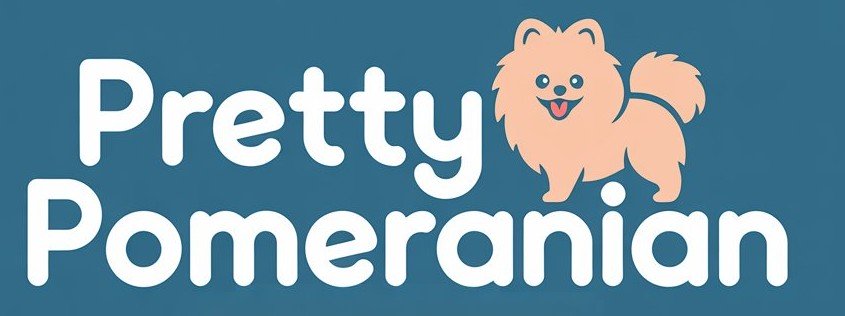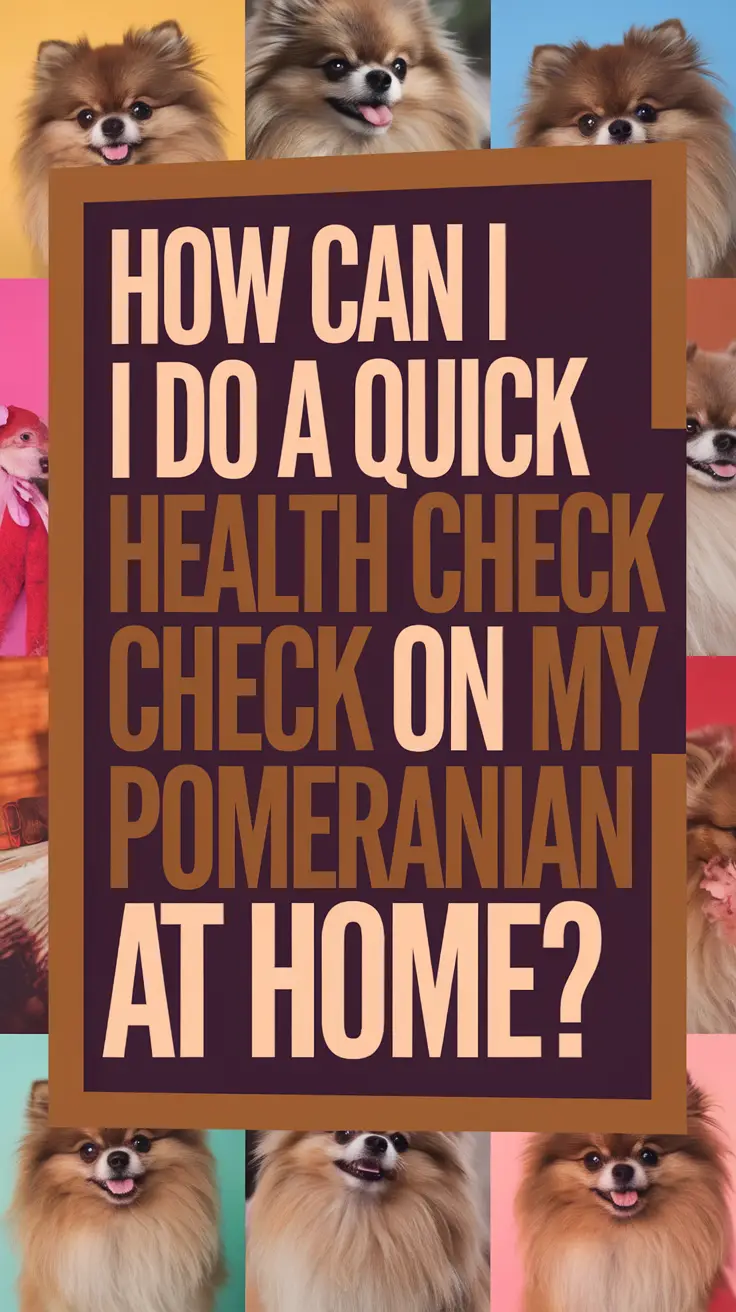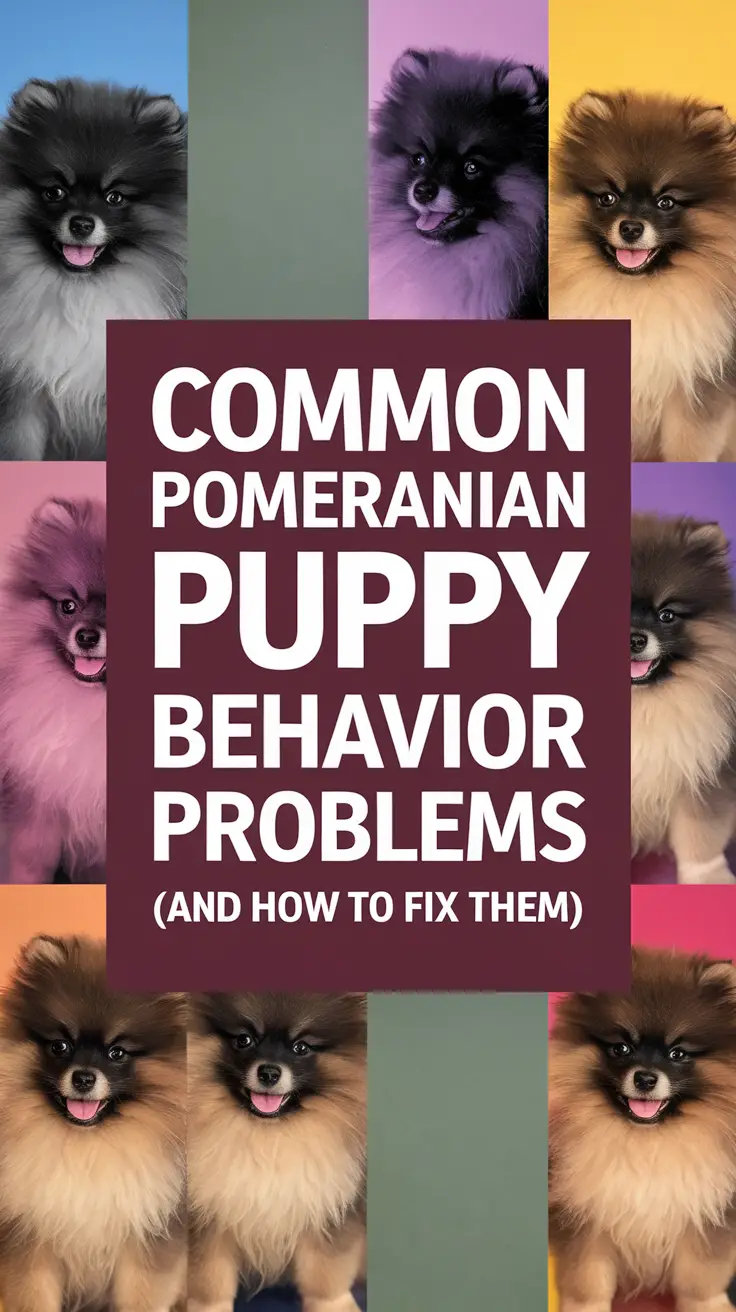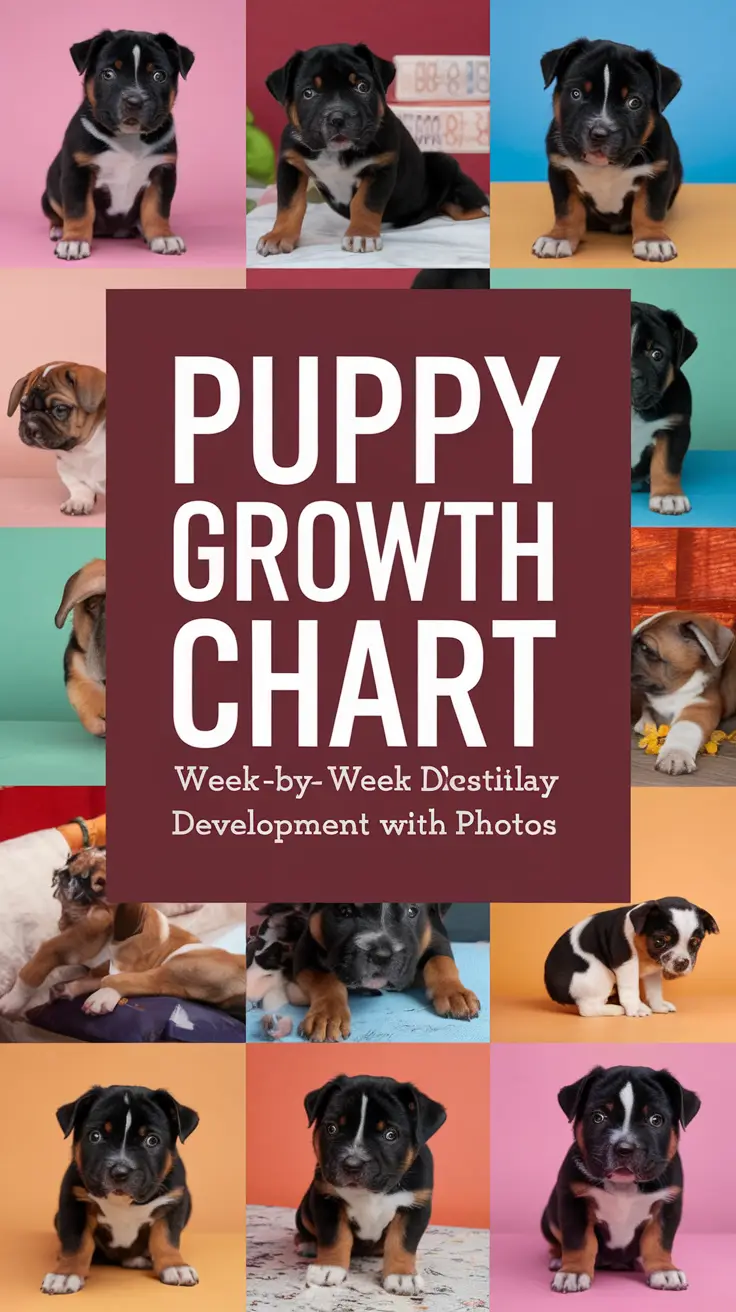Your adorable Pomeranian puppy just arrived home, and suddenly you realize that tiny fluffball has the energy of a miniature tornado and the curiosity of a detective. My own Sash taught me this lesson within her first hour home when she managed to find the one loose electrical cord I’d missed puppy-proofing. That’s when I knew a proper playpen wasn’t just helpful – it was essential for both her safety and my sanity.
Setting up the perfect playpen for your Pomeranian puppy requires understanding their unique needs as a toy breed, creating a safe environment that accommodates their size, and making the space engaging enough to keep those brilliant little minds occupied.
- Size and safety considerations specific to Pomeranian puppies
- Essential items and layout for maximum comfort and engagement
- Training techniques to make the playpen a positive space
Understanding Your Pomeranian’s Playpen Needs
Pomeranians might be small, but they pack enormous personalities into those tiny bodies. The American Kennel Club classifies them as toy breeds, typically weighing between 3-7 pounds when fully grown. This means your puppy is even smaller and more vulnerable than you might expect. When Sash was eight weeks old, she could literally walk under our coffee table without ducking – a humbling reminder of just how petite these little ones are.
Dr. Sarah Mitchell, a veterinarian specializing in toy breeds, explains that “Pomeranian puppies are particularly susceptible to hypoglycemia and injury from falls, making a secure playpen environment crucial for their development.” This isn’t just about containing your puppy; it’s about creating a safe haven where they can explore without the risks that come with full house access.
The key difference between setting up a playpen for a Pomeranian versus larger breeds lies in the details. Those gaps between playpen bars that might be perfectly safe for a Golden Retriever puppy could be an escape route – or worse, a trap – for your Pom. I learned this the hard way when Sash somehow wedged herself halfway through what I thought were appropriately spaced bars, looking like a fluffy prisoner making a poorly planned jailbreak.
Choosing the Right Playpen Structure
Size matters, but not in the way you might think. A playpen that’s too large can actually make a Pomeranian puppy feel insecure, while one that’s too small will have them bouncing off the walls like a tiny pinball. The sweet spot for most Pom puppies is approximately 24-36 square feet – enough room for distinct areas for sleeping, playing, eating, and potty needs.
Height is equally important. Pomeranians are surprisingly athletic for their size, and many can jump or climb higher than their stature suggests. A 24-inch high playpen usually suffices for puppies, though I recommend 30 inches if your little one shows any signs of being an escape artist. Sash once surprised me by somehow scaling a 20-inch barrier using nothing but determination and her tiny claws – clearly, I’d underestimated her mountaineering abilities.
Material choice affects both safety and practicality. Wire playpens offer excellent visibility and ventilation but require careful attention to bar spacing – no more than 1.5 inches apart for Pomeranians. Plastic playpens provide solid barriers that prevent tiny paws from getting stuck but can feel more enclosed. Fabric playpens work well for calm puppies but won’t contain determined diggers or chewers.
Essential Safety Features
Look for playpens with rounded corners and smooth edges. Pomeranians have delicate coats that can snag on rough surfaces, and their tiny bones are more susceptible to injury from sharp edges. The locking mechanism should be secure enough to prevent accidental opening but simple enough for you to operate quickly in case of emergency.
Avoid playpens with small removable parts that could become choking hazards. I once spent twenty minutes frantically searching for a missing plastic connector piece, only to find Sash had somehow managed to remove it and was treating it like a very dangerous chew toy.
Creating the Perfect Layout
Think of your Pomeranian’s playpen as a studio apartment – every square inch needs to serve a purpose. The key is creating distinct zones that cater to different needs and natural behaviors.
| Zone | Purpose | Recommended Items | Size Allocation |
|---|---|---|---|
| Rest Area | Sleep and relaxation | Soft bed, blanket | 25% of space |
| Play Zone | Active entertainment | Toys, puzzle feeders | 40% of space |
| Potty Area | Bathroom needs | Puppy pads, holder | 20% of space |
| Food Station | Eating and drinking | Bowls, mat | 15% of space |
The rest area should be the furthest from the potty zone – even puppies prefer not to sleep next to their bathroom. I use a plush, washable bed that’s appropriately sized for Sash’s current size, not her adult size. Puppies feel more secure when their sleeping space isn’t too expansive.
For the play zone, rotation is key. Pomeranians are intelligent dogs that bore easily, so I keep several sets of toys and rotate them every few days. This keeps the environment fresh and engaging without overwhelming the space. Small puzzle toys work particularly well for this breed, as they satisfy both the need for mental stimulation and the natural foraging instincts.
The Food and Water Station Setup
Elevated feeders aren’t just for big dogs – they can benefit Pomeranians too, though at a much smaller scale. A slight elevation (1-2 inches) can make eating more comfortable and reduce the risk of gulping air with food. However, the bowls should be appropriately sized for tiny mouths. I use stainless steel bowls about 4 inches in diameter – large enough to prevent whisker stress but small enough that Sash doesn’t feel like she’s drinking from a lake.
Water availability is crucial for toy breeds, as they can dehydrate quickly. I provide fresh water at all times but use a smaller bowl that I refill frequently rather than a large bowl that might tip over or become stagnant.
Making the Playpen Engaging and Positive
The goal isn’t just containment – it’s creating a space your Pomeranian actually enjoys spending time in. This requires understanding their intelligence and need for stimulation. Pomeranians rank among the more intelligent toy breeds, and a bored Pom can quickly become a destructive or anxious Pom.
Interactive toys work wonders for keeping these bright minds occupied. Kong toys stuffed with appropriate treats, puzzle feeders, and even simple cardboard boxes can provide hours of entertainment. I discovered that Sash has a particular fondness for crinkly toys, so I sometimes place a water bottle (cap removed, label removed) inside a sock for a DIY entertainment option.
The key to positive playpen association is never using it as punishment. The playpen should represent safety, comfort, and fun – not timeout or isolation. I make sure Sash gets some of her favorite treats only when she’s in her playpen, creating positive associations with the space.
Gradual Introduction Techniques
Start with short, positive sessions. Place your puppy in the playpen with a special treat or toy, then stay nearby. Gradually increase the duration as they become more comfortable. I began with 10-minute sessions while I was clearly visible to Sash, slowly working up to longer periods and eventually stepping out of sight briefly.
Timing matters tremendously. Introduce the playpen when your puppy is calm and content, not when they’re overly excited or anxious. Post-meal, pre-nap times often work well, as puppies are naturally inclined to settle down during these periods.
Common Challenges and Solutions
Even with perfect setup, you’ll likely encounter some challenges. Pomeranians are vocal dogs, and many will initially protest playpen confinement with their full range of dramatic vocalizations. Sash’s first week included performances that would have impressed opera critics – lots of high notes and emotional intensity.
The temptation is to immediately respond to crying or barking, but this teaches your puppy that vocalization equals freedom. Instead, wait for quiet moments to provide attention or release. This can test your patience, especially when your Pom discovers their ability to produce sounds you didn’t know were physically possible from such a small creature.
Escape attempts are another common challenge. Pomeranians are clever problem-solvers, and many will test every possible exit strategy. I’ve seen Sash attempt everything from digging under barriers to using her toys as stepping stones for climbing attempts. Each failed escape attempt teaches them something, so addressing these quickly prevents the development of successful escape routines.
Addressing Separation Anxiety
Some Pomeranians develop strong attachments and may struggle with any form of separation, even within the same room. Gradual desensitization helps, but it requires patience and consistency. Start by sitting next to the playpen, then gradually moving your chair further away over several days or weeks.
Comfort items can help ease anxiety. A piece of your clothing with your scent, a favorite blanket, or a ticking clock that mimics a heartbeat can provide reassurance. I keep one of my old t-shirts in Sash’s playpen – it’s not glamorous, but it works.
Maintenance and Hygiene
Keeping the playpen clean is essential for health and odor control. Pomeranian puppies have fast metabolisms and frequent bathroom needs, so daily cleaning is non-negotiable. I use pet-safe disinfectants and ensure everything is completely dry before allowing Sash back into the space.
Bedding should be washable and replaced regularly. I keep backup sets so I can immediately replace soiled items without leaving the rest area bare. Waterproof liners under bedding can save considerable time and effort in cleanup.
Food and water bowls require daily washing, and I replace water at least twice daily. Stainless steel bowls are easier to keep truly clean than plastic alternatives, which can harbor bacteria in tiny scratches.
Long-term Considerations
Your playpen setup will need to evolve as your Pomeranian grows. What works for an 8-week-old puppy won’t necessarily suit a 6-month-old adolescent. I’ve had to adjust Sash’s setup multiple times, changing toy types, bed sizes, and even the overall layout as her needs and preferences developed.
Some adult Pomeranians continue to enjoy their playpen as a retreat space, while others outgrow the need for containment entirely. Pay attention to your dog’s individual personality and needs rather than following a rigid timeline.
Consider the playpen’s role in your long-term training goals. If you plan to crate train, the playpen can serve as an intermediate step. If you’re working toward full house freedom, gradually expanding your Pom’s access area helps bridge that gap safely.
Setting up the perfect Pomeranian playpen is part science, part art, and part understanding your individual puppy’s unique personality. It’s an investment in their safety, your peace of mind, and the foundation of positive training experiences. The time and thought you put into creating this safe haven will pay dividends in your puppy’s confidence, security, and overall development. Remember, you’re not just containing a puppy – you’re creating the launching pad for a lifetime of adventures with your tiny, mighty companion.




